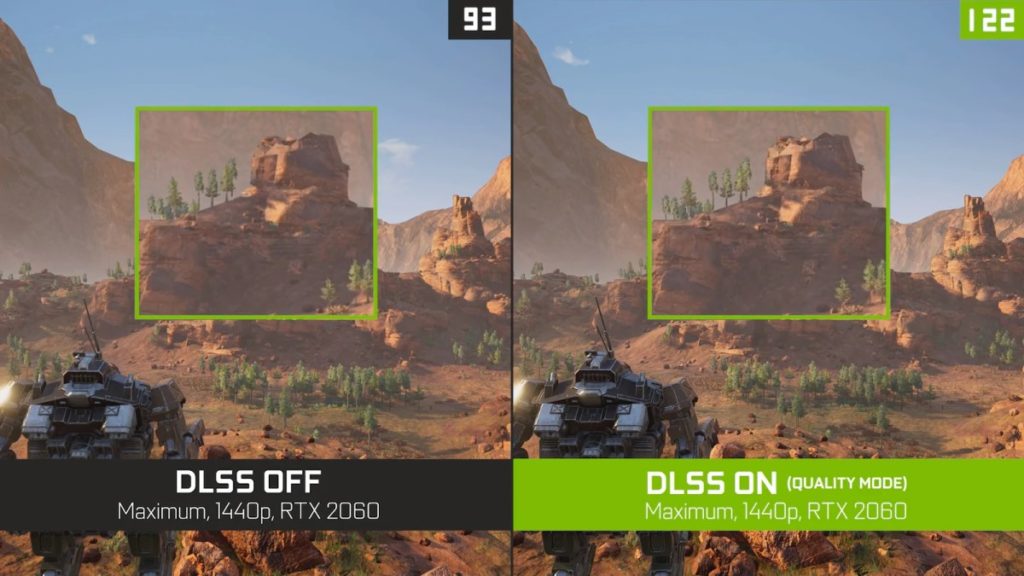
NVIDIA has released its DLSS plugin for Unreal Engine. The upscaling technology has proven to be a viable solution for improving performance in demanding ray-traced titles such as Control and Cyberpunk 2077 with minimal loss in image quality, and in some cases, it even arguably improves visuals.
Features
- Uncompromised Quality with Higher Performance: Enjoy ray tracing and ultra-high resolutions with NVIDIA DLSS technology. It uses advanced AI rendering to produce image quality that’s comparable to native resolution–and sometimes even better–while only conventionally rendering a fraction of the pixels. New temporal feedback techniques give you incredibly sharp image details and improved stability from frame to frame.
- Customizable Options: DLSS lets you choose several image quality modes—from Quality to Ultra Performance. You can choose how you want to balance quality and performance by controlling the game’s internal rendering resolution. Performance mode enables up to 4X AI super-resolution (i.e. 1080p -> 4K) while the new Ultra-Performance mode enables up to 9X AI super-resolution (1440p -> 8K)
Technical Details
- Fully integrated into the Unreal Editor UI
- Includes Blueprint library for seamless integration of DLSS into application logic
- Support for packaged projects as well as for Editor focused workflows
- Supported Development Platforms: Windows 64-bit
- Supported Target Build Platforms: Windows 64-bit
- Supported RHIs: VulkanRHI, D3D11RHI, D3D12RHI
- Minimum Driver Requirement: NVIDIA GameReady Driver 461.40. Grab the latest driver from nvidia.com.
- Documentation: DLSS Plugin Installation Guide
- Example Project: NGXTest Sample Project on GitHub


